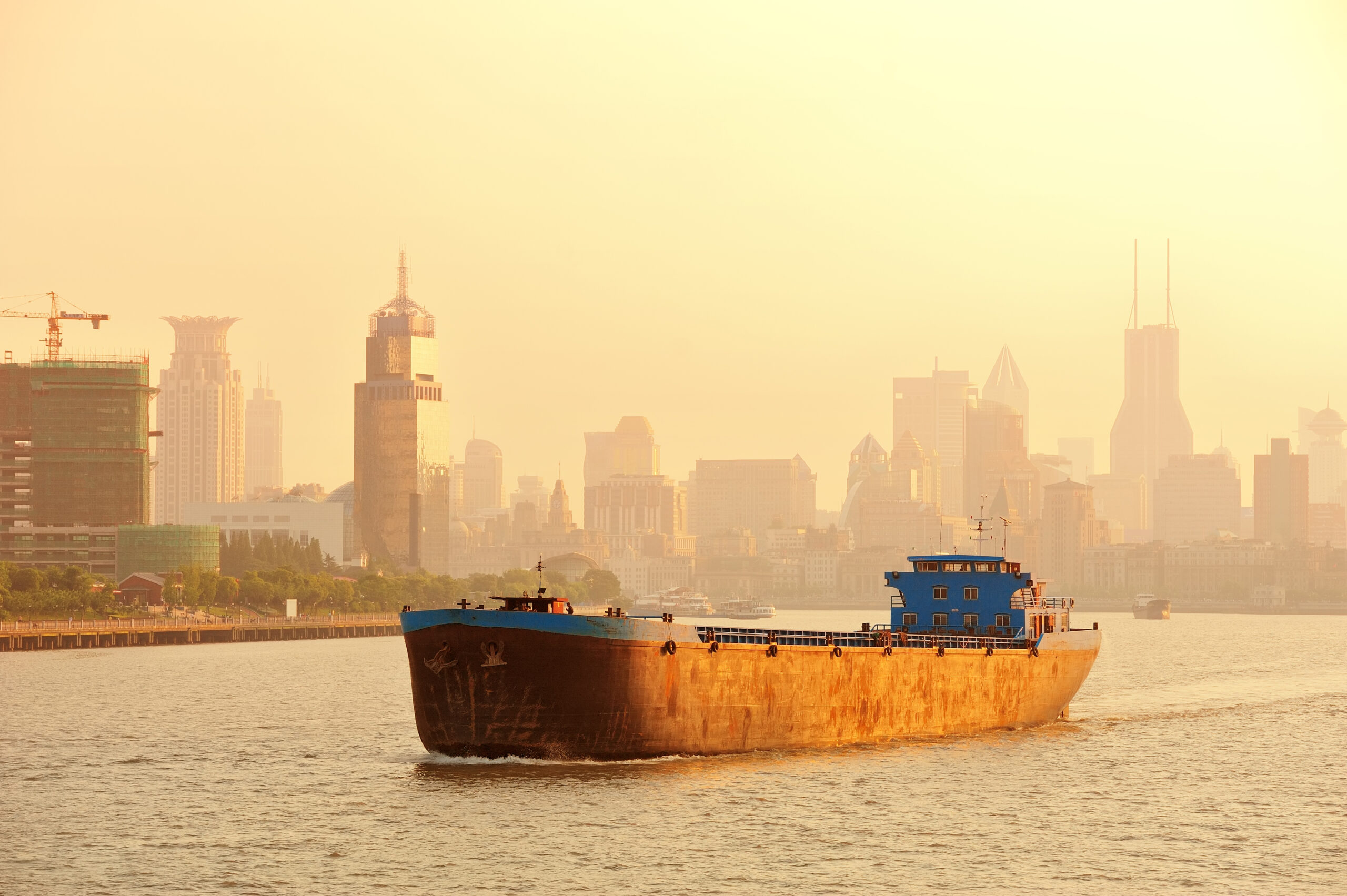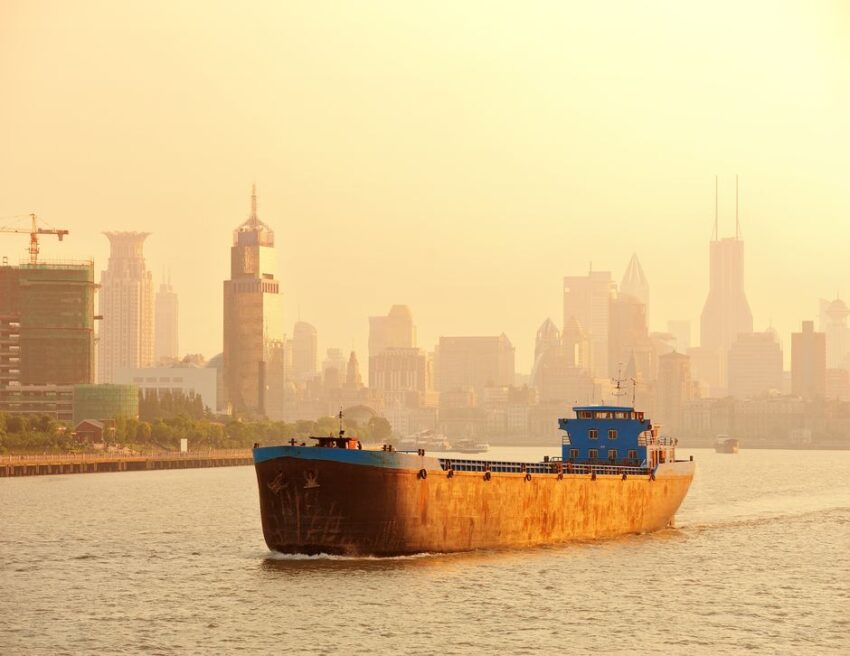The Panama Canal, an engineered waterway that links the Atlantic and Pacific Oceans, has served as a critical artery for the container shipping industry for over a century. According to the ACP, it now connects almost 2,000 ports in 170 countries, with the United States, China, and Japan being the top origin and destination countries. In 2022, the canal facilitated over 14,000 transits by ships carrying more than 291 million long tonnes of cargo.
In recent months, however, traffic through the canal has slowed significantly due to an extended drought that has depleted the available water resources used to fill the canal locks, which require a staggering 101,000 cubic meters of water per filling, sourced from nearby lakes. The Panama Canal Authority (ACP) has imposed limitations on the number of vessels allowed to traverse the canal over the past several arid months due to water scarcity. Furthermore, they have placed restrictions on the depth of ships allowed within the canal, thereby reducing the amount of cargo these vessels can carry. In an official statement, the ACP acknowledged that the ongoing drought presents “unprecedented challenges” with no historical precedent.

As a result of these challenges, wait times for ships approaching the canal have surged from a matter of hours to several weeks, as reported by S&P Global. Numerous private shipping companies have also reportedly introduced surcharges for clients transporting goods through the canal.
How the ongoing drought in the Panama Canal is affecting the global container shipping industry
-
What caused the drought?
The current drought in Panama can be attributed to a naturally occurring El Niño climate pattern, characterized by unusually warm waters in the central and eastern tropical Pacific Ocean. Data from the canal authority and the Smithsonian Tropical Research Institute (STRI) reveals that the region surrounding the canal is facing one of its driest periods in the country’s 143 years of recorded history. Rainfall measurements in the vicinity are 30-50% below the usual levels.
Despite the ongoing rainy season, water levels in Gatun Lake, the primary reservoir for the Panama Canal’s lock system, remain below normal. There’s a concern that an early commencement of Panama’s dry season, coupled with the elevated temperatures typical of significant El Niño events in the region, could intensify evaporation from Gatun Lake. This could lead to water levels nearing historic lows by March or April 2024, as noted by Steven Paton of STRI.
Patron, who has been monitoring rainfall patterns in Panama for over three decades, describes the current situation as the convergence of multiple adverse events. Over the last 25 years of the canal’s 109-year history, there has been a notable increase in the frequency of significant El Niño-related drying patterns. If this trend persists, it could become increasingly challenging for the Panama Canal to ensure the passage of the largest ships through its waters, warns Paton.
-
Impact of the drought on global shipping
The Panama Canal is currently grappling with a backlog of 154 vessels, prompting a reduction in available slots for carriers to reserve passage. This measure aims to address congestion issues stemming from the prolonged drought conditions that have disrupted operations at this vital shipping hub since the spring. As a result of these challenges, the waiting period for vessels to traverse the canal has extended to approximately 21 days.
For U.S. shippers bound for Gulf and East Coast ports, the Panama Canal serves as an indispensable trade link. The United States stands as the largest user of the Panama Canal, with American commodity exports and imports accounting for roughly 73% of the canal’s total traffic. Each year, around 40% of all U.S. container traffic relies on the canal, representing a staggering $270 billion worth of cargo.
The container shipping industry is bracing for substantial financial losses as a result of this bottleneck. Maersk, the world’s second-largest shipping company, has stated its commitment to preventing the backlog from disrupting its deliveries. In a press release, the Danish company outlined its strategy: “We follow the guidance from the Panama Canal and adapt our intake on relevant services in advance of the departure at origin. Maersk remains committed to minimizing disruptions to our operations.” Maersk, known for moving over four million TEU (Twenty Foot Equivalent Unit) vessels annually and achieving $62 billion in revenues in 2021, also emphasized that the low water levels in the Panama Canal serve as a stark reminder of the climate crisis and its far-reaching impact on global supply chains.
While there is currently no estimate available regarding the financial toll the Panama Canal congestion will exact on container shipping industry, it serves as a sobering reminder of the crisis that unfolded in the Suez Canal in Egypt in 2021. During that incident, shipping firms incurred multi-billion dollar losses when the Ever Given container ship became lodged, effectively blocking access to the canal.
How the ocean freight shipping sector is coping with the crisis
Ricaurte Vásquez Morales, the Administrator of the Panama Canal, has emphasized the canal’s commitment to maintaining transparent communication with its customers in light of evolving circumstances. He stated, “In response to changing conditions, we are actively engaged in ongoing communication to keep our customers informed regarding the availability of booking slots. Our aim is to foster transparent dialogue, provide regular updates, and closely collaborate with shipping lines and stakeholders. By doing so, we seek to effectively manage expectations and offer real-time information that empowers our customers to make well-informed decisions.”
Vessels are experiencing extended wait times for transiting the canal, or ocean carriers are opting for alternative routes, resulting in added time and increased fuel costs for their journeys. Shippers, who rely on multiple vessels to transport their cargo, are facing elevated freight expenses and prolonged lead times in securing bookings. Ultimately, these additional costs could potentially be transferred to businesses and consumers. According to recent data released by supply chain intelligence firm Descartes, U.S. shippers continue to favor East Coast ports. In July, the top five West Coast ports saw a decline of 4.1%, whereas the leading East and Gulf Coast ports experienced a 4.1% increase during the same period.
The energy sector is already witnessing diversions in response to the mounting delays. Clean tankers, responsible for transporting refined petroleum products, are opting to bypass the canal and are now favouring routes to the Atlantic Basin, as reported by S&P Global. In July, Cheniere Energy announced its decision to avoid the Panama Canal when shipping LNG due to the extended waiting times. This is significant because the canal represents the fastest route for the LNG market to reach Asia. Additionally, coal traffic is also feeling the impact and making necessary adjustments in response to these delays.


